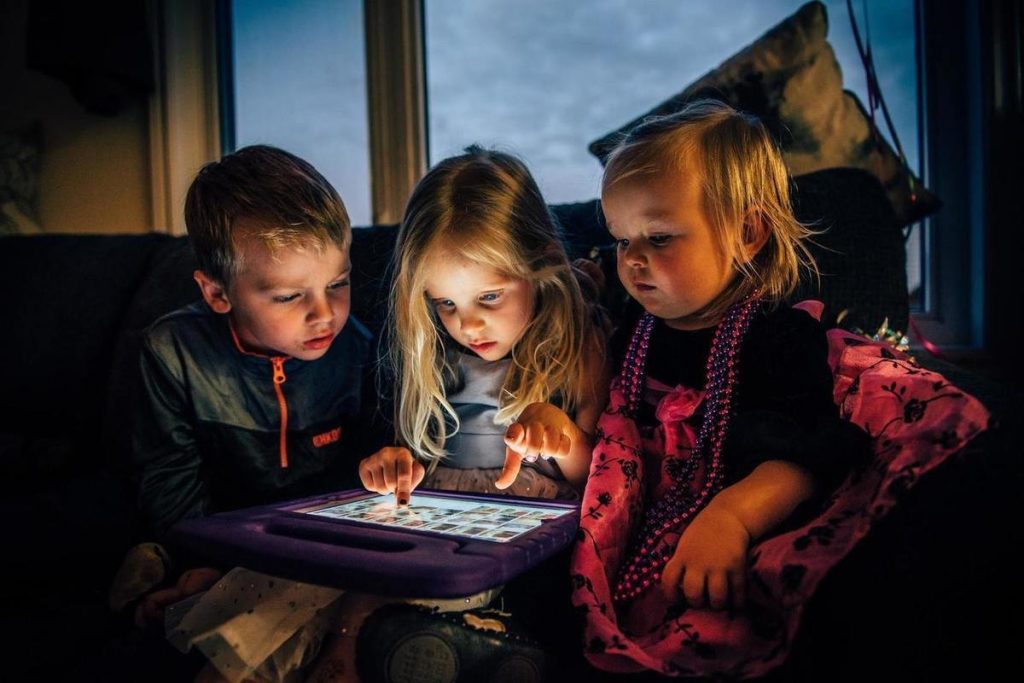By Mayo Clinic Staff
With screens virtually everywhere, monitoring a child’s screen time can be challenging. To complicate matters, some screen time can be educational and support children’s social development. So how do you manage your child’s screen time? Here’s a primer on guiding your child’s use of screens and media.
The problems with screens
Too much screen time and regular exposure to poor-quality programming has been linked to:
- Obesity
- Inadequate sleep schedules and insufficient sleep
- Behavior problems
- Delays in language and social skills development
- Violence
- Attention problems
- Less time learning
Keep in mind that unstructured playtime is more valuable for a young child’s developing brain than is electronic media. Children younger than age 2 are more likely to learn when they interact and play with parents, siblings, and other children and adults.
By age 2, children may benefit from some types of screen time, such as programming with music, movement and stories. By watching together, you can help your child understand what he or he is seeing and apply it in real life. However, passive screen time shouldn’t replace reading, playing or problem-solving.
Developing screen time rules
The American Academy of Pediatrics discourages media use, except for video chatting, by children younger than 18 months. If you introduce digital media to children ages 18 to 24 months, make sure it’s high quality and avoid solo media use. For children ages 2 to 5, limit screen time to one hour a day of high-quality programming.
As your child grows, a one-size-fits-all approach doesn’t work as well. You’ll need to decide how much media to let your child use each day and what’s appropriate.
Consider applying the same rules to your child’s real and virtual environments. In both, play with your child, teach kindness, be involved, and know your child’s friends and what your child does with them. Also, keep in mind that the quality of the media your child is exposed to is more important than the type of technology or amount of time spent.
To ensure quality screen time:
- Preview programs, games and apps before allowing your child to view or play with them. Organizations such as Common Sense Media has programming ratings and reviews to help you determine what’s appropriate for your child’s age. Better yet, watch, play or use them with your child.
- Seek out interactive options that engage your child, rather than those that just require pushing and swiping or staring at the screen.
- Use parental controls to block or filter internet content.
- Make sure your child is close by during screen time so that you can supervise his or her activities.
- Ask your child regularly what programs, games and apps he or she has played with during the day.
- When watching programming with your child, discuss what you’re watching and educate your child about advertising and commercials.
Also, avoid fast-paced programming, which young children have a hard time understanding, violent content and apps with a lot of distracting content. Eliminate advertising on apps, since young children have trouble telling the difference between ads and factual information.





